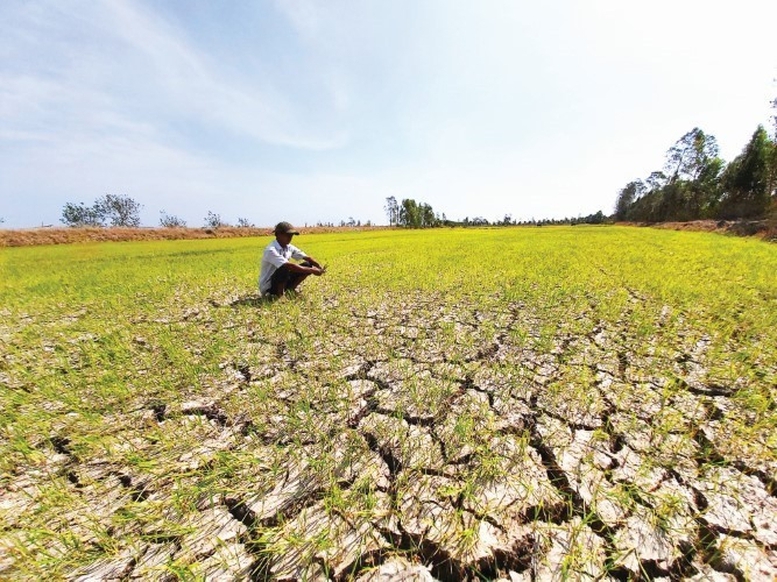
Since May, saline intrusion in the Mekong Delta has gradually decreased.
According to the National Center for Hydro-Meteorological Forecasting, in the last days of April, the weather in the Southern region will be sunny during the day and have some showers at night. Water levels on the main stream of the Mekong River are likely to change slowly and be 0.01-0.5m higher than the average of many years.
Water levels on the Tien and Hau rivers fluctuate with the tide. The highest water level of the week in Tan Chau is 1.45m, in Chau Doc is 1.65m, 0.2-0.35m higher than the average for the same period.
At Vung Tau station from April 20-27, the tide level was stable at around 3.2-3.7m. From April 28-29, the water level tended to increase, fluctuating between 3.95 - 4.16m. The peak tide time is mainly from 0-3am and 1-5pm every day.
On the West Sea side at Rach Gia station, the tide level from April 20-29 fluctuates around low to medium levels. The peak tide occurs between 11pm the night before and 3am the next morning.
Based on this, the Hydrometeorological Agency assessed that from April 21 to 30, salinity intrusion in the Mekong Delta tends to increase on weekends. The highest salinity at the stations is approximately equal to and lower than the highest salinity in the same period in April 2024.
During the remaining dry season of 2025, salinity intrusion in the Mekong Delta estuaries tends to decrease; the Vam Co and Cai Lon rivers will increase from April 27 to May 1. From May, salinity intrusion will gradually decrease. The hydrometeorological agency recommends that people take advantage of storing fresh water during low tides to serve agriculture and people's daily life.
The salinity intrusion situation in the Mekong Delta depends on water sources from the upper Mekong River, high tides and will fluctuate in the coming time. Localities in the Mekong Delta need to promptly update hydrometeorological forecast information and take proactive measures to prevent salinity intrusion.
Low water flow in northern rivers
According to the National Center for Hydro-Meteorological Forecasting, from now until the end of April, the total rainfall in the mountainous provinces of the North will generally be between 50-100mm, with some places over 120mm; in the midland and delta provinces, it will be between 30-70mm, with some places over 100mm.
It is forecasted that in the coming days, the flow on the rivers will be lower than last week. The total flow on the Thao River in Yen Bai is 62% lower than the average of the same period in many years, and on the Lo River in Tuyen Quang is 59% lower than the average of the same period in many years.
On the Da River, the flow to Hoa Binh Lake continues to fluctuate according to the power generation regulation of the upper hydropower plant, the total flow is 23% lower than the average of the same period.
On the Thai Binh River system, the Luc Nam River at Chu station has the lowest water level value in the same period in April. The flow on the Cau River and Luc Nam River is decreasing sharply. It is forecasted that from now until the end of the month, the total flow on the Cau River at Gia Bay will be 68% lower than the average for the same period; on the Luc Nam River at Chu, it will be about 90% lower than the average for the same period.
On the Red River, the total flow on the Red River at the Hanoi hydrological station is 13% lower than the average of the same period.
The weather in the North is forecast to have rain from the evening of April 23-25, then temporarily stop and rain again from the evening of April 27-29. Showers and thunderstorms are concentrated in the evening and at night, with some places having heavy rain. Temperatures will decrease and the heat wave will temporarily end.
The hydrometeorological agency recommends that local people need to monitor the weather and water resources to proactively manage irrigation. In particular, this is the transitional season, so it is necessary to pay attention to extreme weather phenomena such as thunderstorms, tornadoes, strong winds, and hail that can occur at any time, causing damage to production.
Thu Cuc
Source: https://baochinhphu.vn/xam-nhap-man-o-dbscl-giam-dan-luong-nuoc-ve-cac-song-mien-bac-thap-102250423160205043.htm


![[Photo] Pink ball and table tennis](https://vphoto.vietnam.vn/thumb/1200x675/vietnam/resource/IMAGE/2025/5/26/d9f770bdfda243eca9806ea3d42ab69b)




![[Photo] Official welcoming ceremony for French President Emmanuel Macron and his wife on a state visit to Vietnam](https://vphoto.vietnam.vn/thumb/1200x675/vietnam/resource/IMAGE/2025/5/26/a830702ef72f455e8161b199fcefc24d)














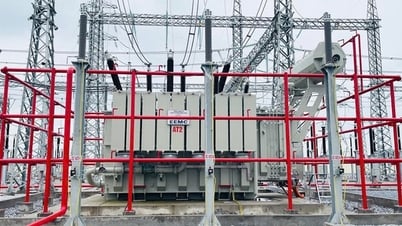

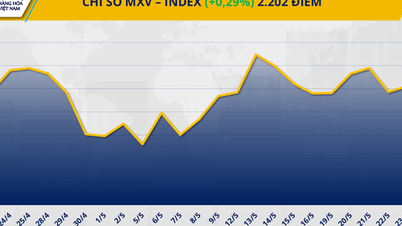
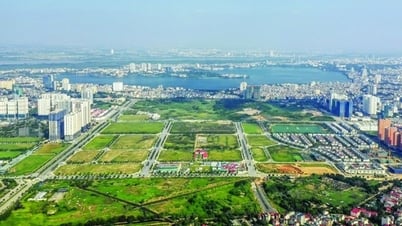




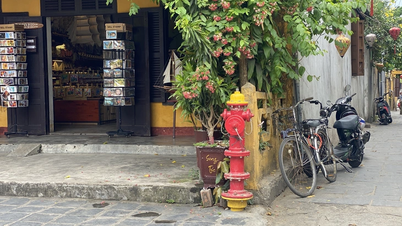































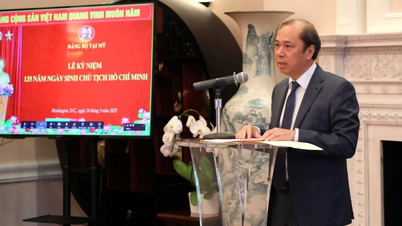










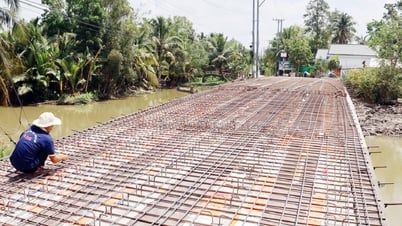











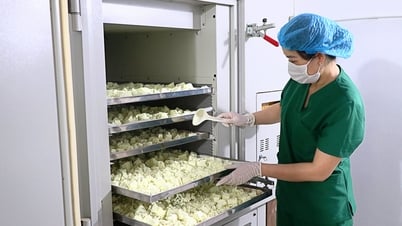








Comment (0)